A ‘Monocle Design Directory’ special: US trade secrets, postwar monuments and fine furniture picks.
|
Wednesday 15/10/25
|

|
|
London
Paris
Zürich
Milan
Bangkok
Tokyo
Toronto
|
|
|
|

better by design
In need of new perspectives and fresh inspiration? Well, the Monocle Design Directory is here to deliver. To preview the newly launched publication, we take a roadtrip across former Yugoslavia, where we discover how monuments to the past can help us to better understand the present. We also visit a US trade school where the next generation of makers and menders is training to work with leading architects and profile some of our favourite furniture at Space House in London. In the driving seat is Monocle’s design editor, Nic Monisse, with some highlights from across the publication’s pages.
|
|
OPINION: nic monisse
Part of the furniture
When you visit your nearest kiosk tomorrow, you might notice a fresh addition to the newsstand: the Monocle Design Directory. Launching this week, it’s the newest member of the Monocle stable – and our first dedicated design publication. Why this? And why now? To answer these questions, we need to rewind to the launch of Monocle in 2007. Since our first issue, politics, business, fashion and culture have been filtered through the lens of design. Diplomatic residences have been scrutinised, national economies assessed in terms of their industrial-design output and social cohesion in cities measured in terms of newly built galleries, museums and institutions. It’s an approach to journalism that recognises that the work of architects, graphic designers, furniture makers and design brands is far-reaching. Beyond simply making beautiful things, these creatives have the power to shape our lives and build communities. It’s what drew me to Monocle in 2010 as a designer on the lookout for benchmark projects and then – after a slight career pivot – as a journalist in 2018. And it’s why we’re pressing play on this stand-alone design publication.
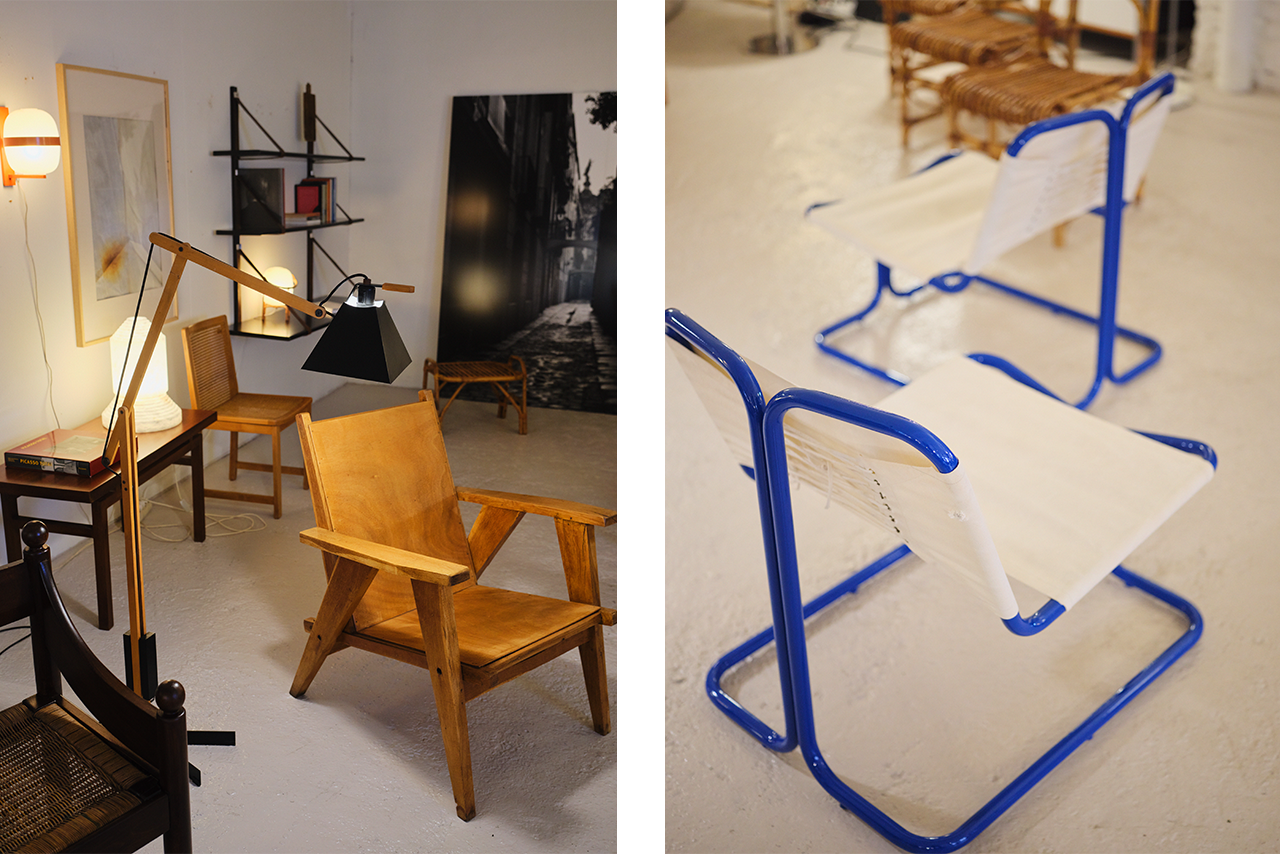
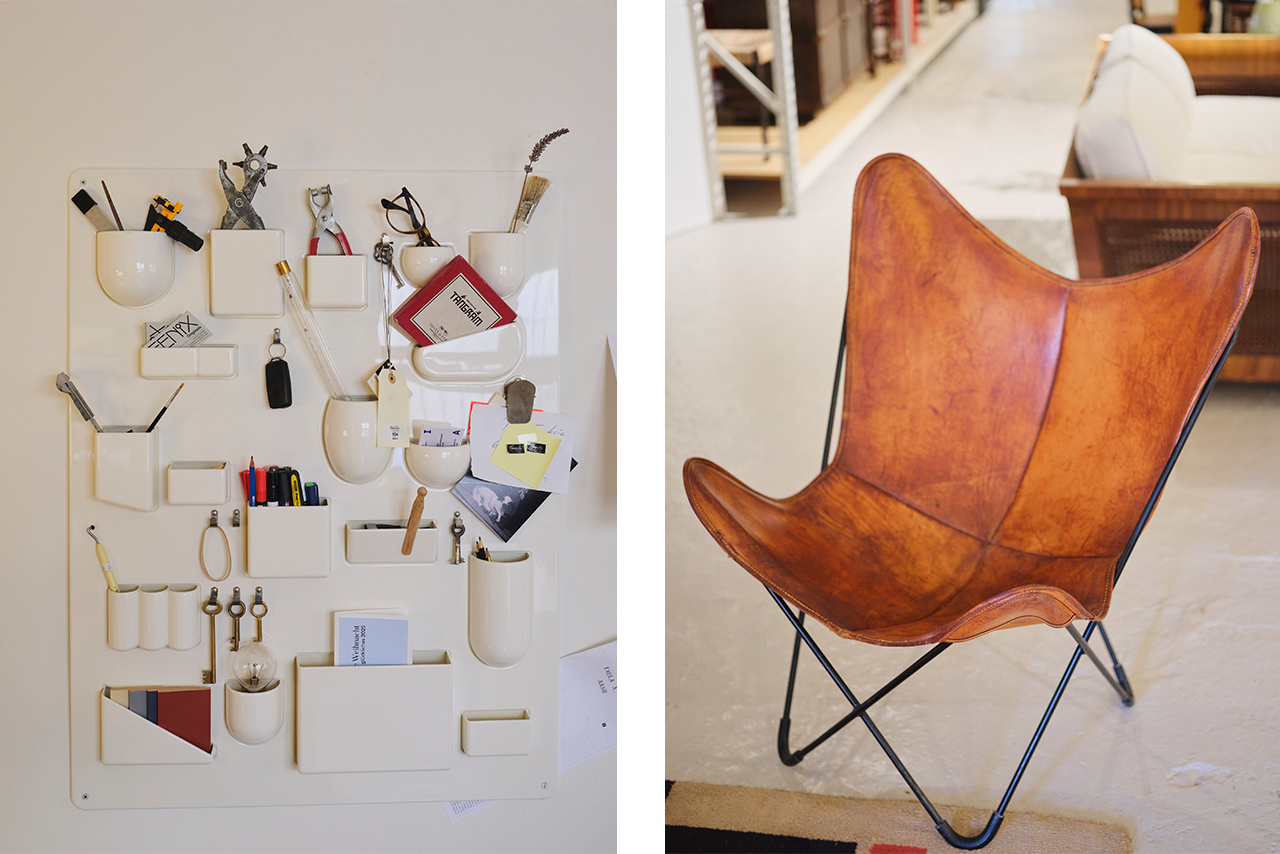
Across its pages, you will find homes with substance, businesses with heft and some gorgeous products. The Monocle Design Directory’s deputy editor, Grace Charlton, took a tour through the Balkans to visit Cold War-era memorials (see below). Known as spomeniks and originally built to recognise conflict and postwar development, these monuments tell a story that is as much about reconciling the past and the present as it is about recognising striking architecture. The report might just inspire your next roadtrip. Meanwhile, Monocle’s editor in chief, Andrew Tuck, paid a visit to the father-and-son duo behind Fenix Originals (pictured, above). This Barcelona-based outfit is drawing attention to forgotten mid-century Spanish designers through the restoration of vintage furniture. It’s a cause that tugs at the heartstrings and provides buyers with unique furniture with which to kit out their homes and offices.
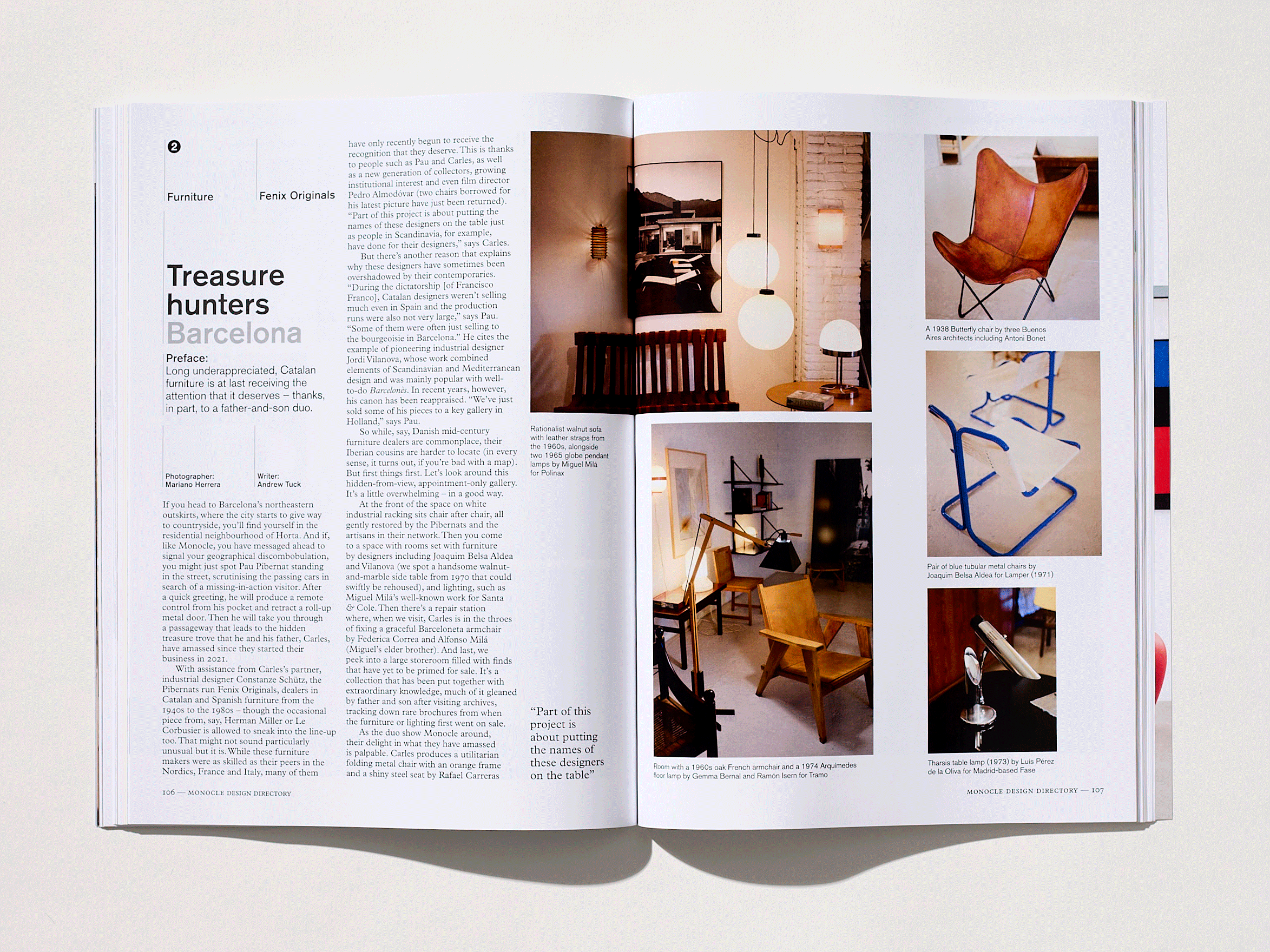
My personal highlight, however, is the dedicated directory that inspiredthe project’s name. On paper stock reminiscent of the Yellow Pages, you will find Monocle’s very own address book of studios and practices to commission across the globe. Favourites include Copenhagen cross-disciplinary practice Atelier Axo, Nairobi-based architecture and research studio Cave Bureau and Chicago-based custom furniture and cabinetry-maker Navillus Woodworks. You will also find Santiago industrial-design firm Nueve Design Studio, Seoul graphic designers Studio FNT and Wellington-based lettering specialists Klim Type Foundry. Our hope is that you can source the best creative talent for whatever project, wherever you are in the world. More broadly, we trust that the publication will not only inspire you to use design to improve your life and that of your community but also give you a playbook for how to do it.
Nic Monisse is Monocle’s design editor. Order your copy of the Monocle Design Directory here.
|
|
from the archive: spomeniks
Commit to memory
To encounter a spomenik is to experience design’s ability to foster a state of contemplation. Dotted throughout the former Socialist Federal Republic of Yugoslavia, these concrete or steel memorials are often monumental in scale, brutalist in style and symbolically abstract. They resemble relics from a dystopian future or a timewarp that took place exclusively in what is now Bosnia and Herzegovina, Croatia, North Macedonia, Montenegro, Serbia and Slovenia. Spomenici – Serbo-Croatian and Slovene for “monuments” – were built in the aftermath of the Second World War to commemorate unspeakable horrors: a period of occupation by Axis powers, mass killings, the imprisonment of political opponents and a genocide committed against ethnic Serbs, Jews and Roma people.
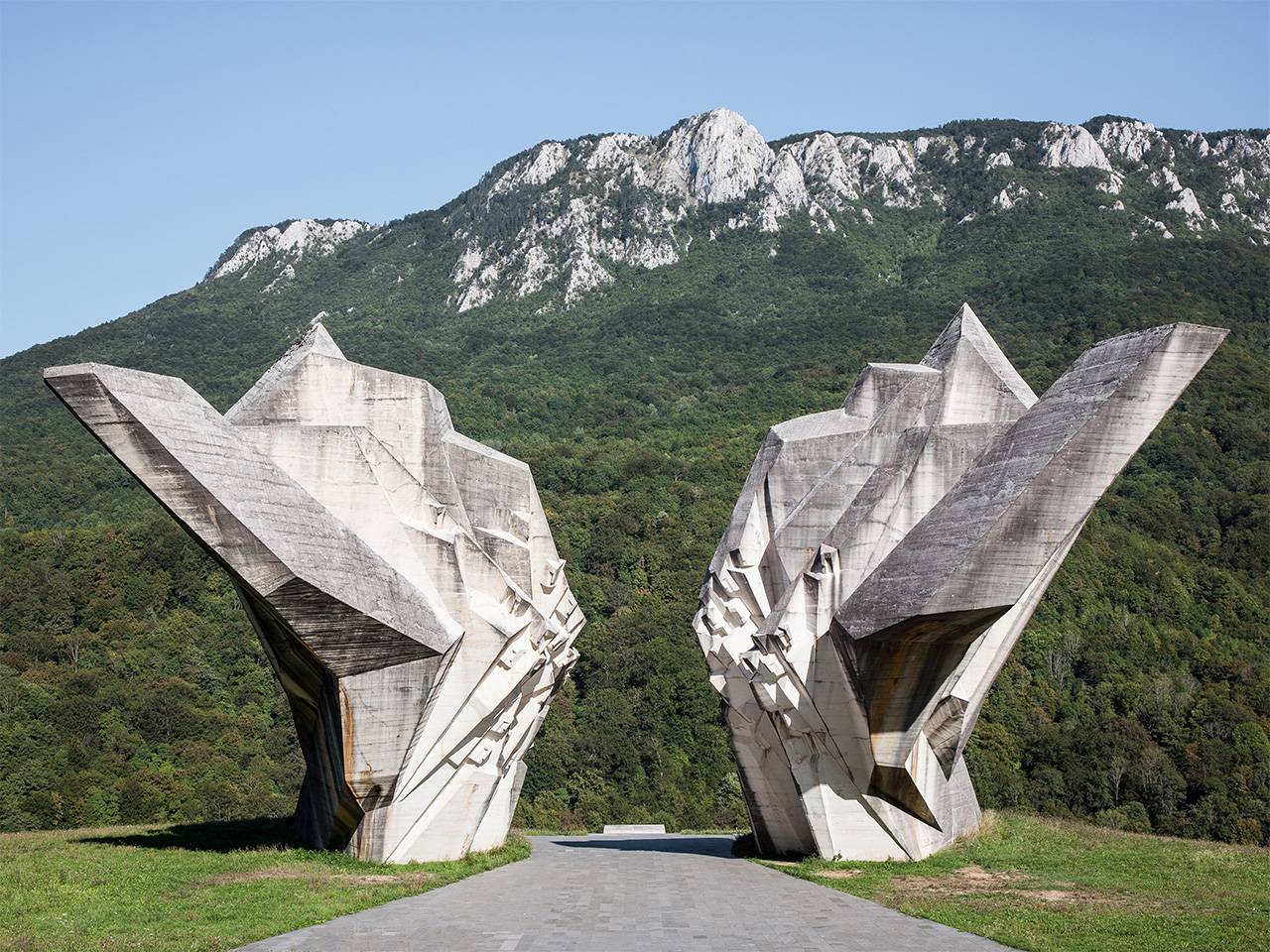
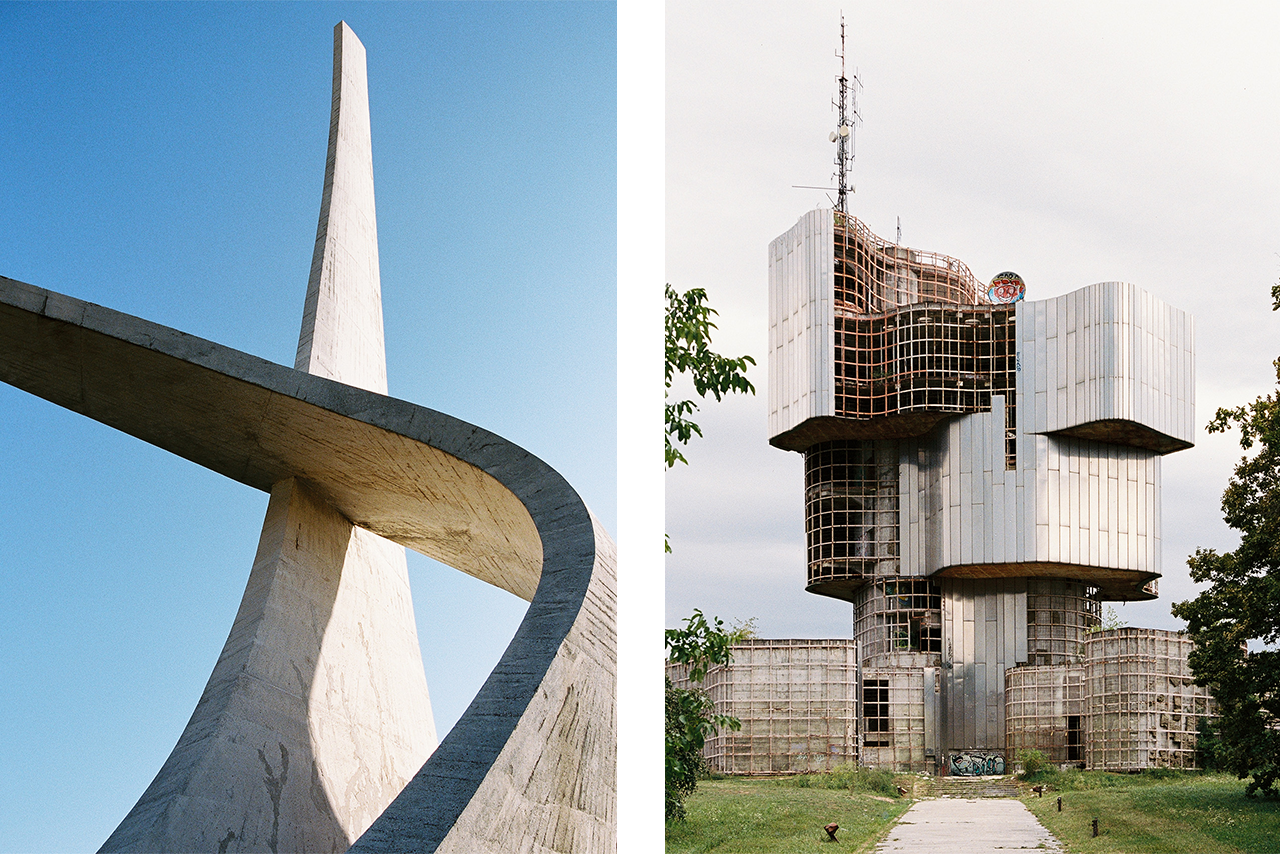
While the principle purpose of these spomeniks was to preserve memory, they were also intended to manifest the spirit of a new nation, defined by socialist values of unity, equality and welfare for all. For contemporary visitors, these structures have a tragic undercurrent. They were erected to ensure that the horrors of the war would never happen again – but history repeated itself in the 1990s with further bloodshed. Since Yugoslavia’s implosion, the spomeniks have become almost dormant – artefacts from a failed social experiment. Today, as they have always done, the spomeniks contain stories of hardship and peace, horror and forgiveness – the past and the future all at once.
To read more about these sculptures of remembrance and maybe even plan a spomenik-inspired roadtrip, pick up a copy of the ‘Monocle Design Directory’.
|
|
Around the house: space house, UK
Piece by piece
Outstanding interiors often combine new and old furniture, lighting and objects. It’s appropriate then, that the furniture feature in the Monocle Design Directory was photographed in London’s newly renovated Space House – a monolithic, beehive-like 16-storey building from 1968. “The property is magnetic,” says Tyler Goodwin, the CEO of Seaforth Land, the development firm behind the building’s revival. “There’s incredible optimism in the architecture.” A similarly sunny outlook is embodied in the furniture that Monocle briefly furnished the space with. Here are a few highlights.
1. In the hot seat
Your choice of chair can affect everything from your posture to your enjoyment of a meal. Among our favourites are Craeton’s Tank Dining Chair, Eero Saarinen’s Tulip Chair for Knoll and the Spindle chair by Porro (pictured on the Space House terrace).
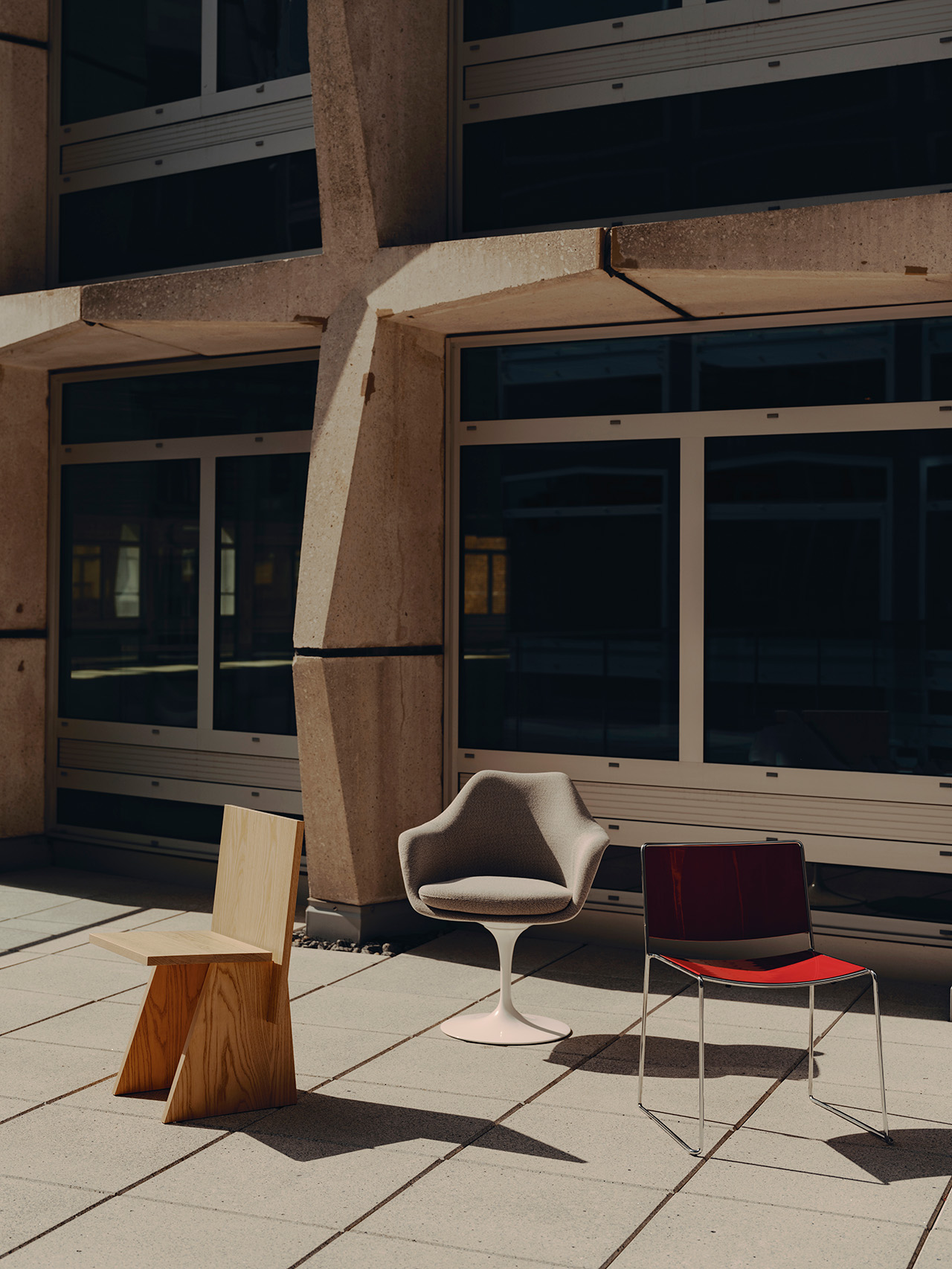
2. Side helping
UK designer Rose Uniacke’s beautiful Double Floating Side Cabinet (pictured on the circular upper floors of Space House) champions the natural beauty of burl wood. Carefully proportioned, it can be used in a variety of ways, from side table to weightless wall-mounted credenza.
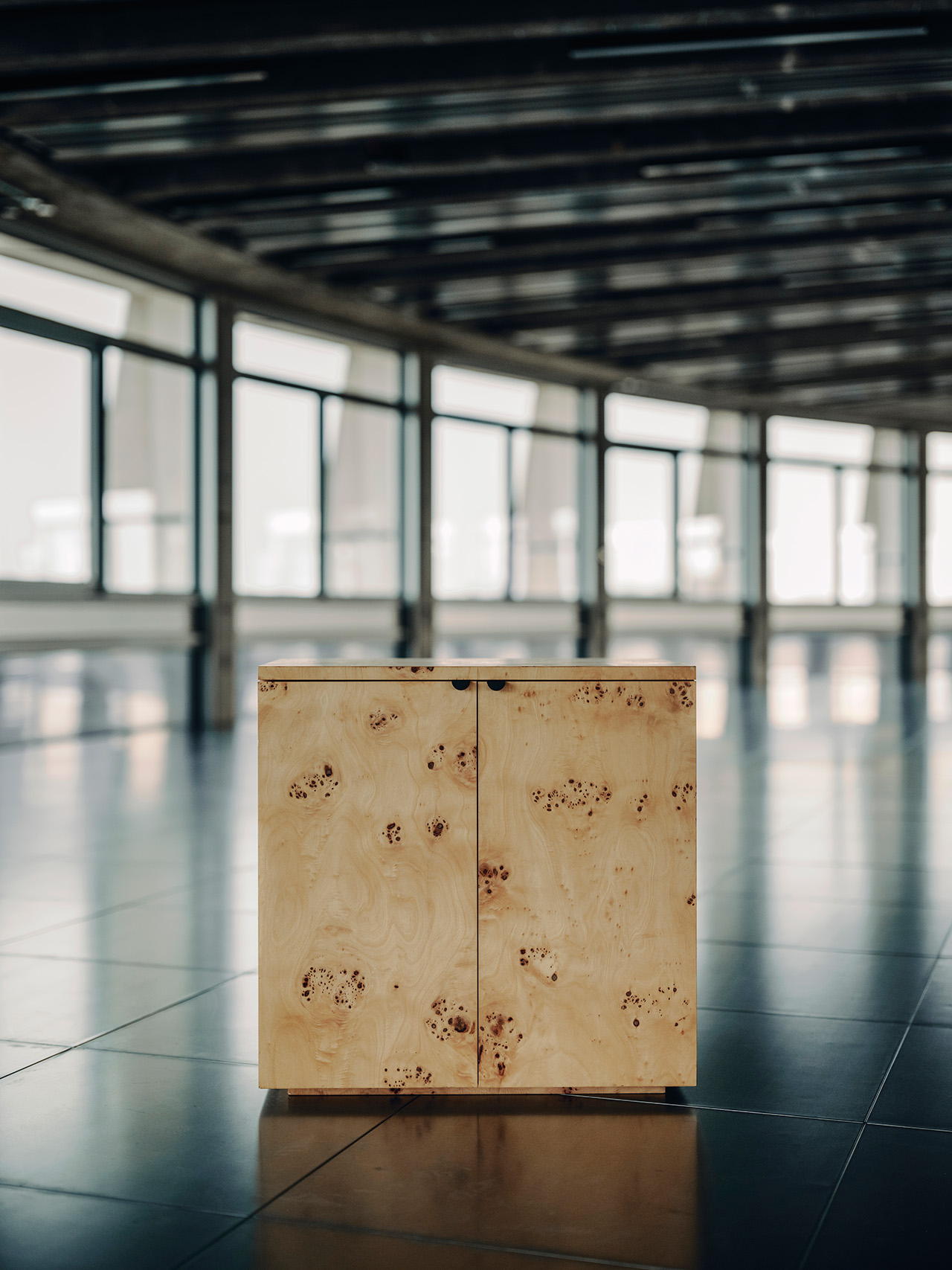
3. Upon reflection
Lincolnshire-based designer Matthew Cox’s Newlight Mirror (pictured on the top floor of Space House) is a subtle work of precision. Its sculptural form is the result ofa combination of manual expertise and skilful machine use – a reflection of the importance of contemporary craft.
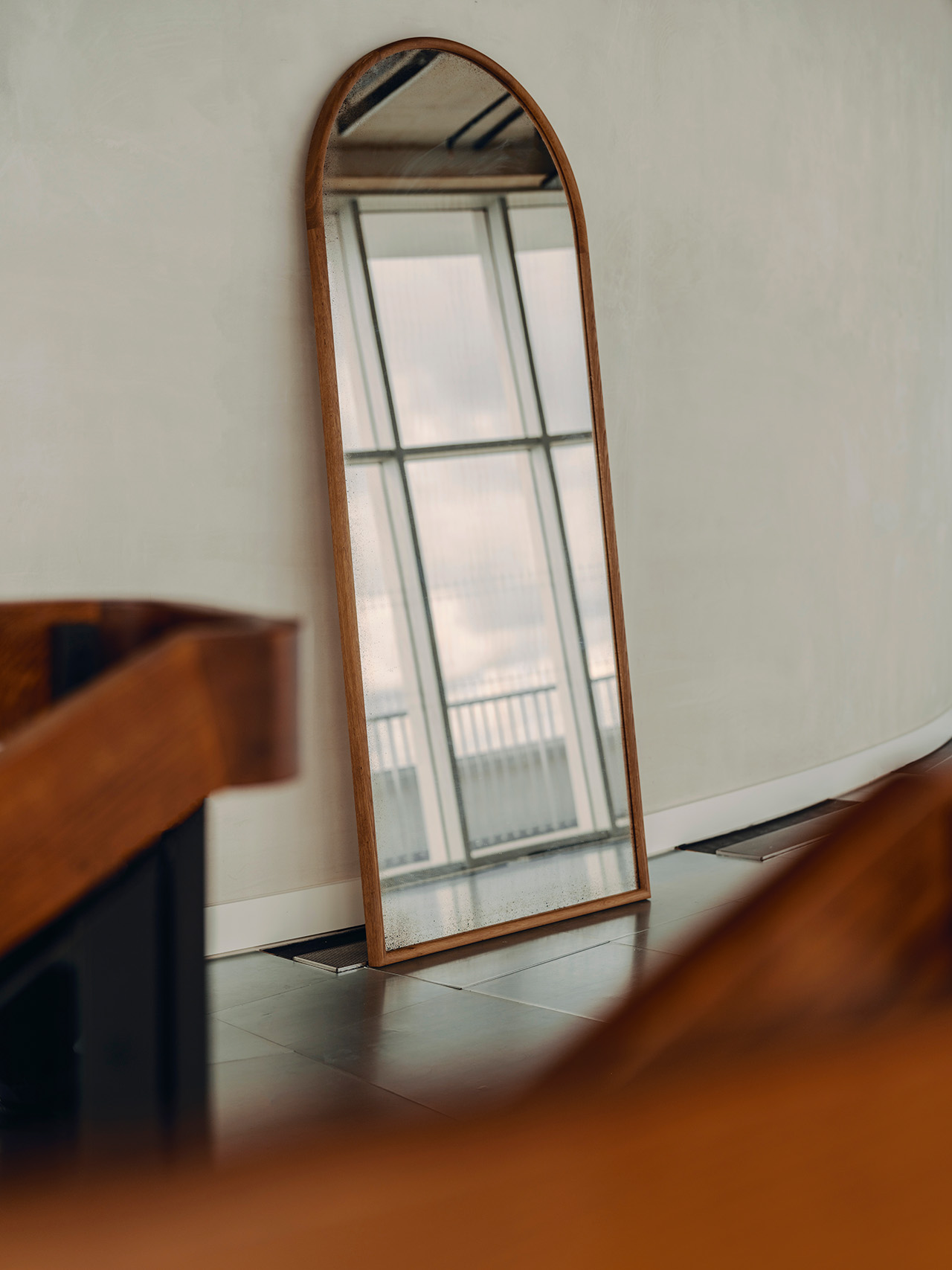
Order a copy of the ‘Monocle Design Directory’ for more on the life and times of Space House, a concrete behemoth that was in keeping with the burgeoning brutalist movement in 1960s Britain.
|
|
back to school: Thaddeus Stevens College of Technology, USA
Trade secrets
The shortage of skilled tradespeople in the US is well documented – and it’s something that’s especially felt by designersand communities that rely on talented builders to deliver everything from products to new housing. Enter Thaddeus Stevens College of Technology, a trade school where students learn skills such as masonry or carpentry rather than earn a degree in economics or philosophy. Founded in 1905, its pupils enjoy the trappings of a traditional college experience: they might spend more time wielding tools than reading books but they still live in residence halls and cheer on the school’s American football team (nicknamed the Bulldogs). Alongside lessons in laying rebar and wiring lighting, there’s coursework in composition, history, economics and even literature, challenging the tired binary between blue-collar and white-collar futures.
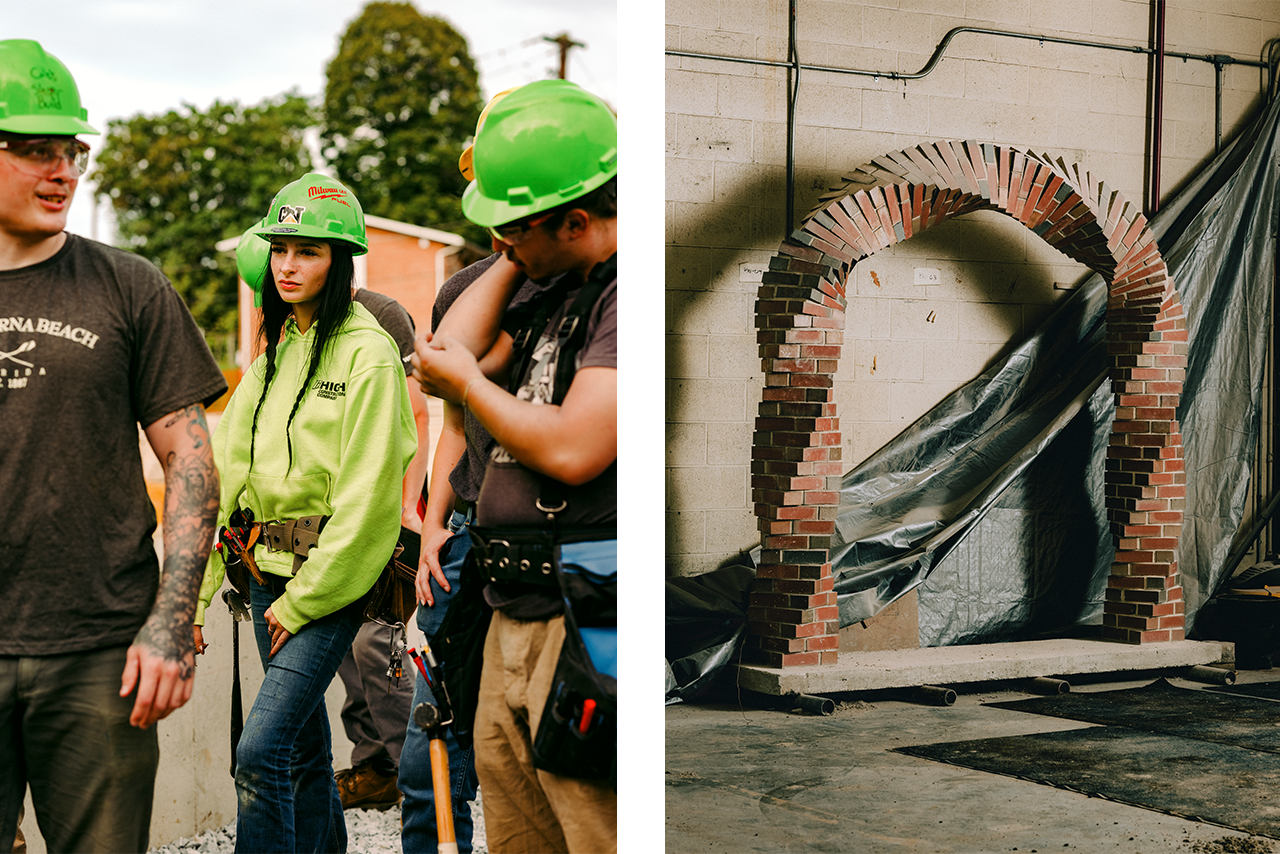
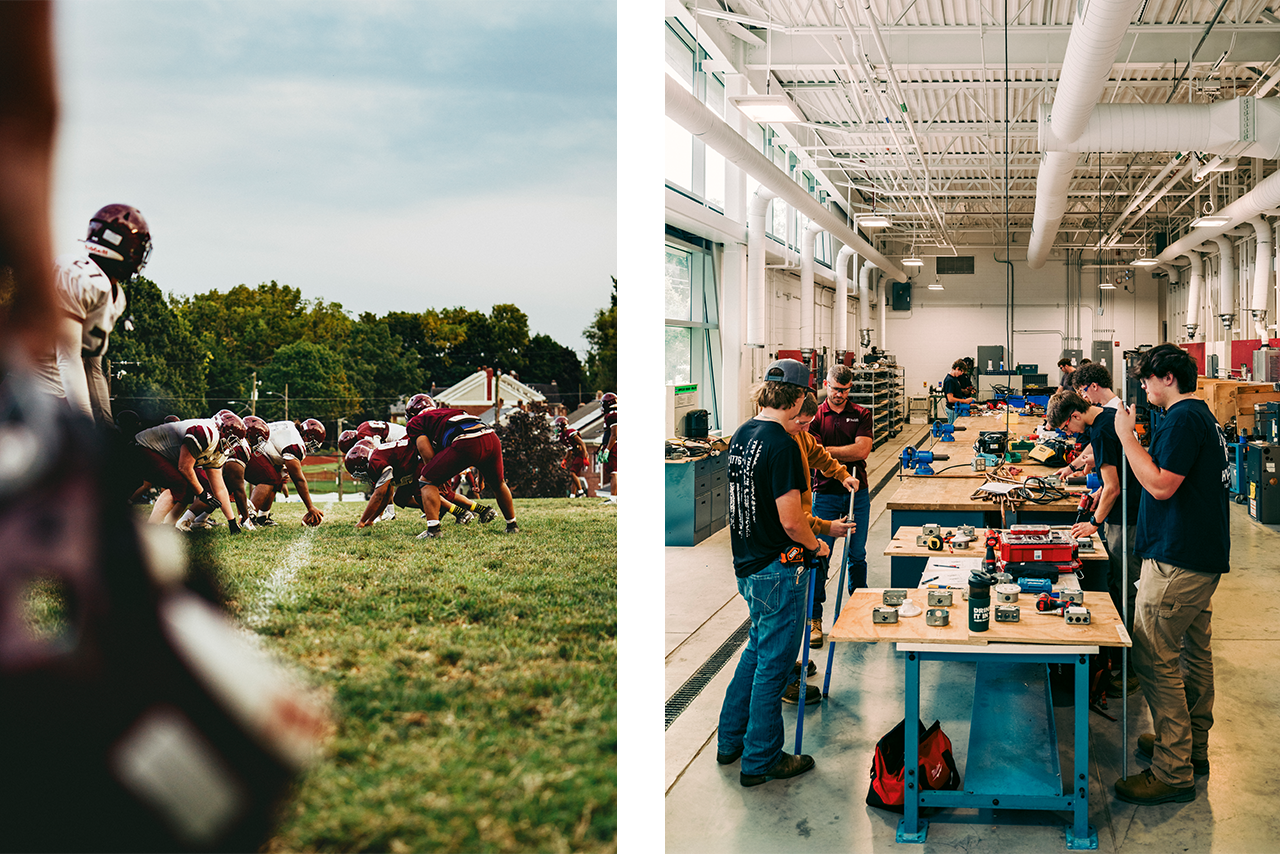
“It’s no longer about being a traditional tradesman,” says the college’s president, Pedro Rivera, explaining that his students have an experience that is significantly different to those that attend typical, commuter-style trade schools. “We’re teaching you the skills that you need to be really good at your job but also building the competencies in you to be a lifelong learner.” The outcome at graduation is remarkable: 91 per cent of its most recent class had jobs waiting upon graduation. As higher education gets swept up in changing political currents and the next generation rethinks the four-year degree, Thaddeus Stevens offers a compelling alternative.
Read more on how Thaddeus Stevens College of Technology is reshaping education and capitalising on the current administration’s shake-up of tertiary education.
|
|
in the picture: Cover stars: France, Brazil, Japan and Mexico
For all the world
Though cities such as Milan and Copenhagen remain global capitals of design, creative communities further afield are flourishing too. And it’s this success that we’re celebrating, with four stories each marked with a limited-edition cover.
Cover 1/4: Paris
We start in the French capital, which is experiencing a revival of sorts, driven by its unique combination of global furniture brands, world-class artisan workshops, supportive public initiatives and cultural institutions such as Musée des Arts Décoratifs – a combination that the museum’s director, Bénédicte Gady, calls an “effervescent” creative ecosystem.
Cover 2/4: São Paulo
Designers, artists and architects are increasingly drawn to the chaotic energy and affordable post-industrial spaces of Brazil’s biggest city. A highlight? DPOT (pictured) – a verdant, light-filled furniture showroom by architect Isay Weinfeld.
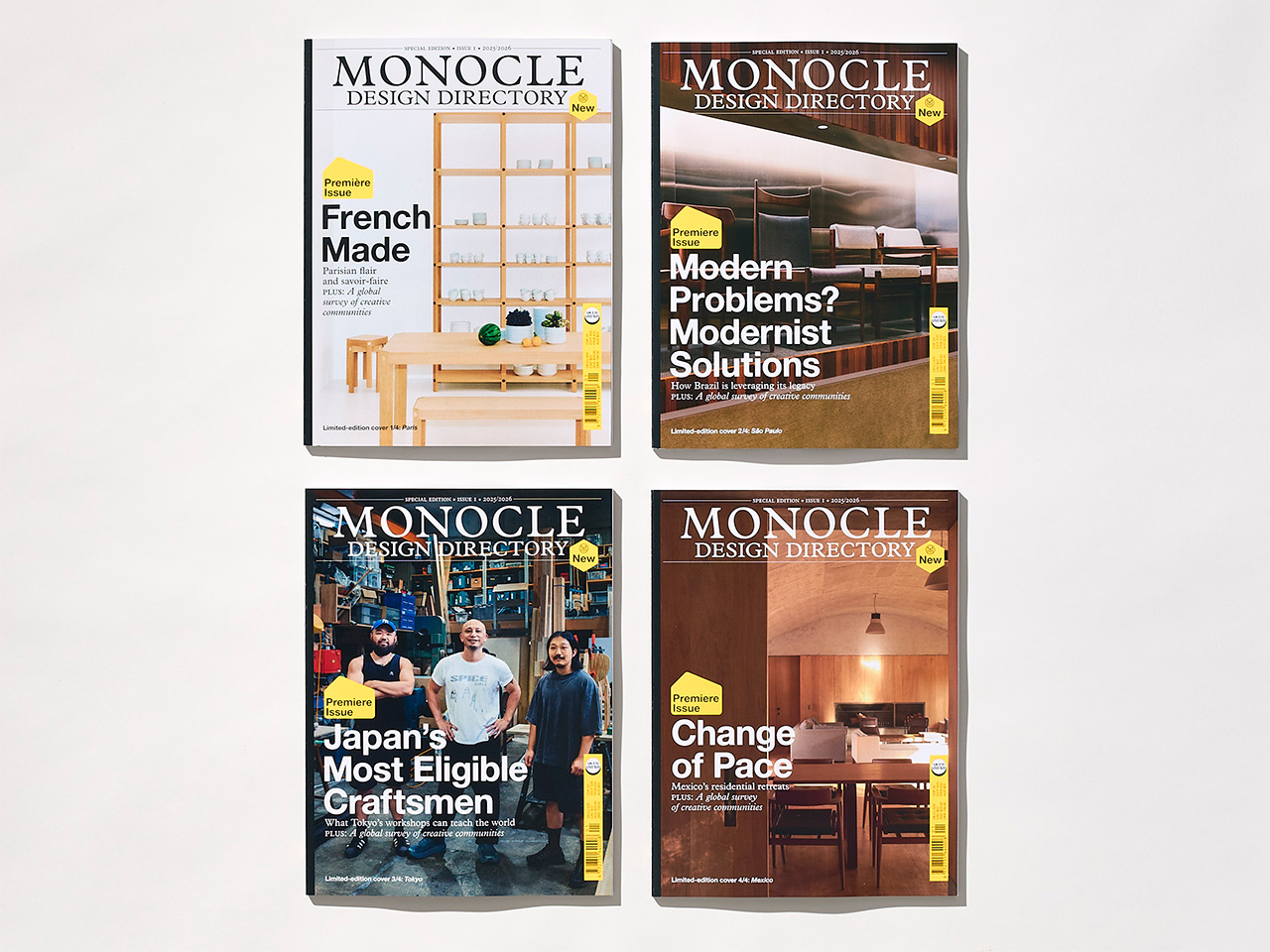
Cover 3/4: Tokyo
The Japanese capital’s design scene is a continual source of inspiration for creatives across the globe. Design is deeply ingrained in everyday life, with functionality and beauty inseparable. It is also distinguished by a democratic respect for all creative contributors, from architects to craftsmen. Case in point is construction company Tank (pictured), which delivers bespoke interiors and furniture for the city’s top architects.
Cover 4/4: Mexico
For our final cover story, we took a roadtrip through Mexico with Edmund and Yuki Sumner. The photographer-and-journalist team examined how contemporary Mexican architects are building inspiring homes (pictured). Partly driven by security concerns, its designers are making an art of seclusion and safety, from buildings that blend seamlessly into the landscape to a concrete cube in a forest.
Experience the luck of the draw and receive a limited-edition cover when you order a copy of our design annual on monocle.com.
|
|
Image credits:
Tony Hay, Mariano Herrera, Jaka Bulc, Edvinas Bruzas, Justin Kaneps
This email is from Monocle whose
registered office is at Midori
House, 1 Dorset Street, London,
W1U 4EG. You have received this
email because you have previously
provided us with your email
address and subscribed to Monocle
bulletins.
© 2025 Monocle
|
|
|